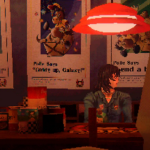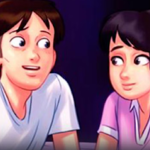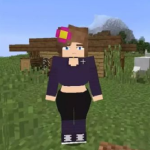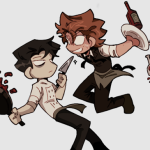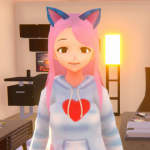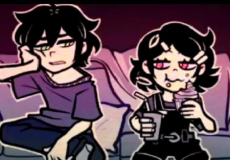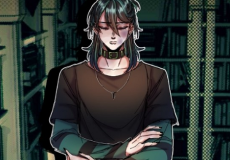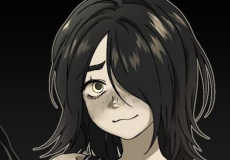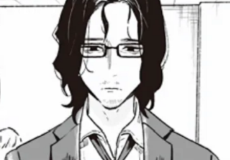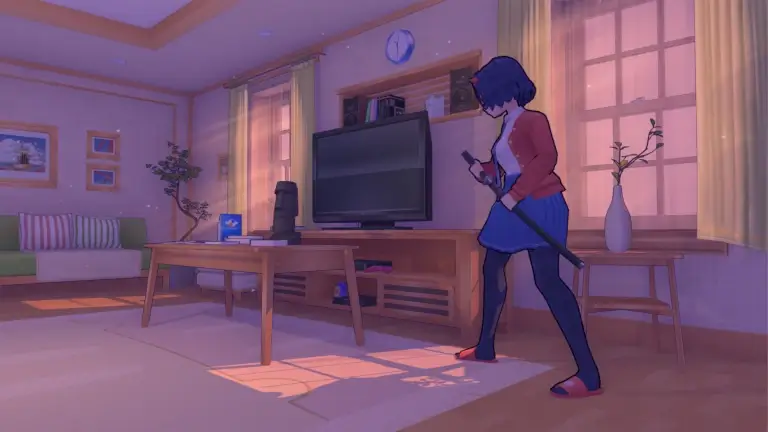

Boyfriend to Death
Advertisement
Boyfriend to Death introduces the player to a scenario built around vulnerability, control, and consequence. The story begins as a conventional encounter between strangers but quickly transitions into a situation defined by danger and uncertainty. The player’s character interacts with individuals who appear kind or trustworthy, only for their intentions to unfold through a sequence of unpredictable events. The setting is confined — apartments, streets, and private rooms — each emphasizing isolation and tension. The simplicity of the environment focuses attention on dialogue, tone, and the progression of psychological pressure.
Advertisement
Similiar games
Boyfriend to Death introduces the player to a scenario built around vulnerability, control, and consequence. The story begins as a conventional encounter between strangers but quickly transitions into a situation defined by danger and uncertainty. The player’s character interacts with individuals who appear kind or trustworthy, only for their intentions to unfold through a sequence of unpredictable events. The setting is confined — apartments, streets, and private rooms — each emphasizing isolation and tension. The simplicity of the environment focuses attention on dialogue, tone, and the progression of psychological pressure.
Gameplay and Core Mechanics
The gameplay follows the framework of a branching visual novel with multiple endings. Player interaction is limited to dialogue choices, route selection, and survival-based decision-making.
The structure operates as follows:
· Choose dialogue options that alter tone and trust levels.
· Unlock routes tied to individual characters.
· Survive encounters by identifying safe or unsafe responses.
· Replay routes to reveal alternate endings and hidden content.
Each choice shifts the narrative, creating a structure where control feels uncertain and outcomes depend on subtle cues. The player learns patterns of danger through repetition and failure rather than instruction.
Character Routes and Story Progression
Boyfriend to Death offers several routes, each centered on a distinct character with unique behavior and motivations. These routes follow the same structure but differ in tone, pacing, and outcome. Some interactions lead to short, violent endings, while others extend into longer storylines involving manipulation or negotiation. The dialogue serves as the primary means of storytelling, revealing details about each character’s past and mindset. The design uses contrast — moments of calm interrupted by sudden threat — to create a rhythm that sustains tension throughout the experience.
Visual Style and Interface
The visual presentation of Boyfriend to Death relies on static 2D imagery, character portraits, and text-based interaction. The interface is minimal, allowing focus on choices and pacing. The use of limited color and simple layouts emphasizes the closed nature of the setting. Sound cues and short audio effects signal shifts in tone, marking key narrative moments such as confrontation or realization. The technical design supports repetition, enabling players to explore each route efficiently and track how choices influence narrative flow.
Discuss Boyfriend to Death

